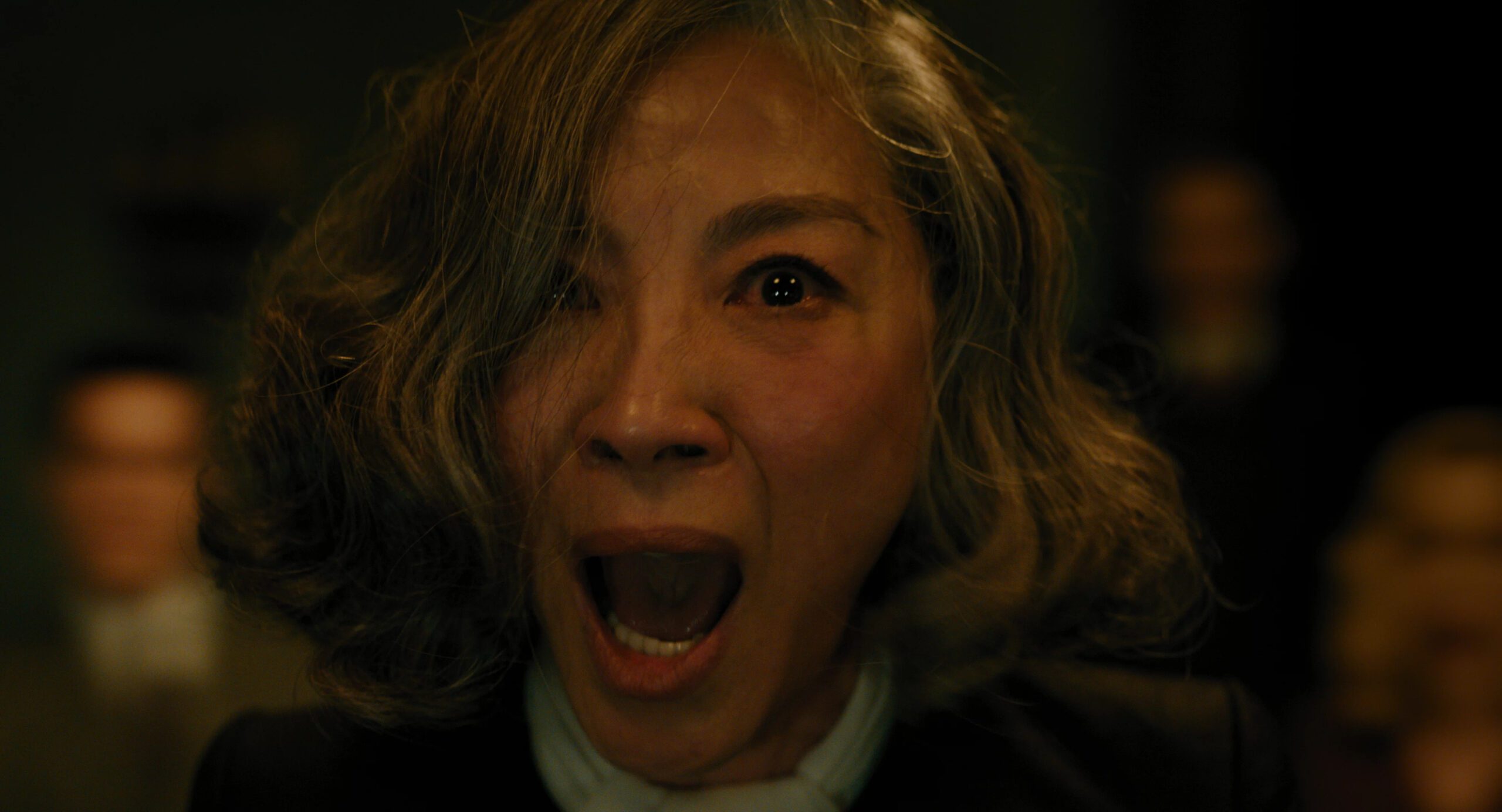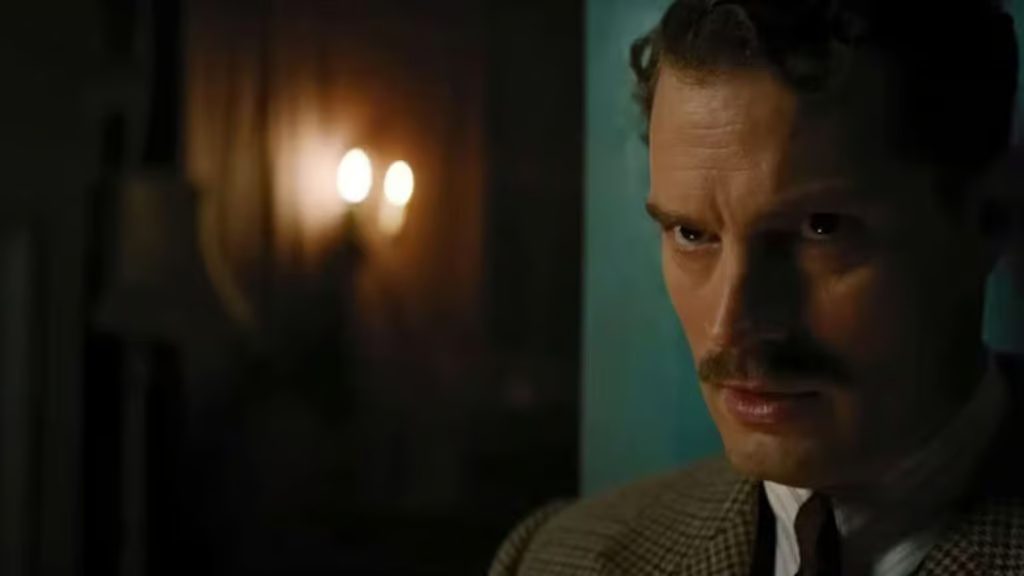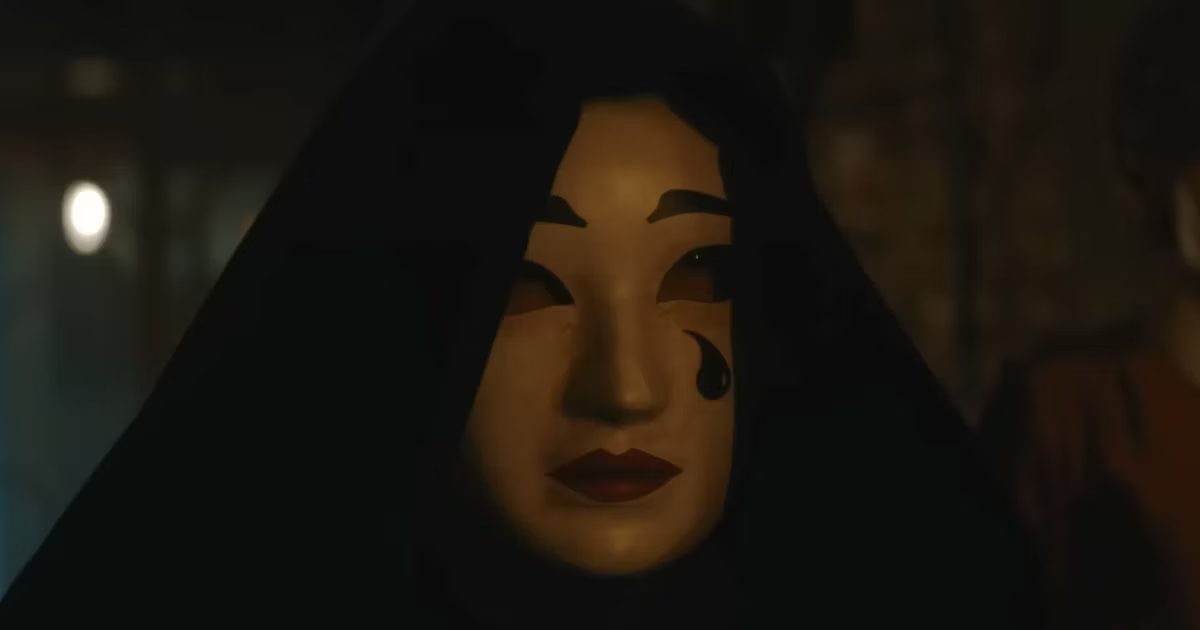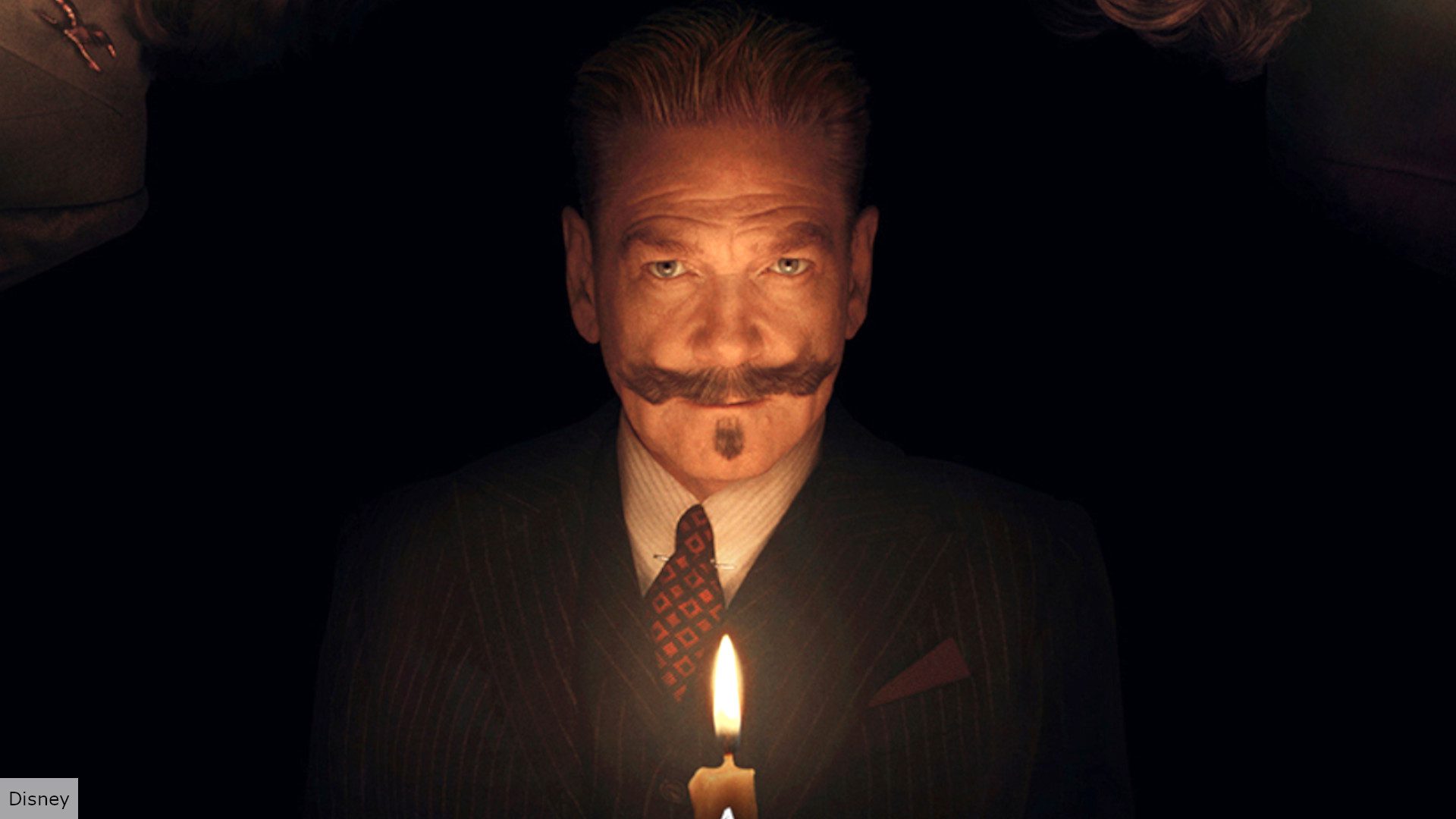REVIEW: A Haunting in Venice (2023)
A Haunting in Venice is based on Agatha Christie’s novel A Hallowe’en Party and is the third of Kenneth Branagh’s adaptations of her work. I enjoyed Murder on the Orient Express and Death on the Nile, so I’ve been excited about this film since it was announced. The trailers hinted at a more supernatural setting and story, which piqued my interest as there was nothing mystical or far-fetched in the first two. I haven’t read the books and didn’t know this one was Halloween-based, explaining this slight turn in style/topic. I love Halloween and its general feeling and aesthetic, so this film has a lot going for it in my book. Does it stand up to its predecessors, or should you wait for it to hit streaming? Let’s dig in.
Hercule Poirot’s (Branagh) friend, crime author Ariadne Oliver (Tina Fey), arrives at his home to lure the retiree back into the detective game. She has the perfect mystery for him: a medium (Michelle Yeoh) who can commune with the dead and seeks to comfort a grieving mother (Kelly Reilly) who lost her daughter under mysterious circumstances. Add to the mix Poirot’s bodyguard Vitale (Riccardo Scamarcio), who knows a little too much, a doctor (Jamie Dornan), and his very mature son (Jude Hill), and Poirot is overwhelmed with possibilities. To his shock, he even contemplates the supernatural, the unexplainable.
I love the opening of A Haunting in Venice; it’s quick and unsettling, providing a slight glimpse into Poirot’s troubled mind. It’s the opposite feeling of that offered by Death on the Nile’s prologue, where Poirot’s girlfriend Katherine accepts him with his battle scars. I don’t understand the middling (or nonexistent) response to the emotions and characterization presented in this now-trilogy. Branagh is a masterful director and displays the utmost respect in the adaptation of existing works, whether he’s handling Shakespeare or comic books.

A Haunting in Venice plays with Poirot’s perception and ours by extension. Is this mansion haunted by the ghosts of mistreated children, or is it merely home to an unlucky family? Is Mrs. Reynolds a genuine line to the dead or just a phony performing parlor tricks? Who can Poirot trust, if anyone? The film doesn’t serve any tidy answers, either. My favorite thing about the experience was wondering what was real and who was scheming. There’s also a lot of witty dialogue and verbal sparring, usually between Poirot and Ariadne Oliver, Christie’s self-insert. Although I didn’t read it, not having seen the film, I’m confused by a headline I saw from Rolling Stone calling A Haunting in Venice boring. I found it to be anything but that, filled with exciting direction and colorful characters.

Murder on the Orient Express still boasts the most impressive cast out of these movies, which seems fitting given the star-studded 1974 version. But Branagh never fails to round up good people, and the chemistry is there among the stars of A Haunting in Venice. The biggest surprise is Tina Fey, who I’ve never seen in a serious role or film before. She’s not mind-blowing or anything, but she serves her part well, and early on, I kept questioning if it was her on the screen. Between hair and makeup and this very against-type performance, I had almost convinced myself she was a different actress. Branagh always delivers, and this is no exception. He seems passionate about this role and committed to delving patiently into Poirot’s psychology. I should have expected this in a murder mystery, but I was surprised by how quickly one of the top-billed actors was done away with. I immensely enjoyed the relationship between Dr. Ferrier (Dornan) and his son Leopold (Hill). Dr. Ferrier, not unlike Poirot, suffers from psychological trauma caused by military service. Early on, he seems like a spaz, nothing more than a loose cannon. But he’s revealed as a tormented soul protected by his son, who seems more like the adult in the situation. They’re far from being the movie’s focus, but it intrigued and affected me. It’s like a mirror of Rowena and Alicia Drake, a parent who needs and relies on their child more than one might expect. One can only imagine Dr. Ferrier would similarly deteriorate without his son.

Hildur Guðnadóttir (Joker, Tár) provides a unique but fitting musical score. The costumes in the film don’t stand out, but that makes sense. You don’t want to be distracted by clothes in a relatively grounded setting, and this gives Mrs. Reynolds’ creepy mask and cloak the proper impact. The film is beautifully shot, at times frenetic and panicked, and at others, slow and methodical. I think this, too, is meant to reflect where Poirot is at internally. He’s a man at war with his feelings. Poirot doesn’t want to confront his loss, which is partly why he focuses on solving others’. He’s usually cool and detached, but things change as bodies start to pile up and he sees things he can’t understand.

If I had to level a complaint at A Haunting in Venice, it doesn’t feel as grand and cinematic as Murder on the Orient Express. This is a more intimate crime scene with a more contained suspect pool, which works well enough. But I’d be lying if I said I didn’t have a preference. I also would have liked more time with certain characters, but I won’t say which. If you’ve seen the movie or read the book (if it is indeed super faithful), I think you’ll know who should have lasted longer or gotten more screen time. But movies like this have to kill someone, right? And there have to be central and supporting characters. Those are just the things that stood out to me.
I liked A Haunting in Venice a lot aesthetically and in the way it builds its characters. I like it more than Death on the Nile but still less than Murder on the Orient Express. I really enjoy this series and hope they continue.
A Haunting in Venice (2023)
Plot - 8
Acting - 8
Music/Sound - 8
Direction/Editing - 9
Character Development - 9
8.4
Good
A Haunting in Venice is a good time at the movies and a good first Halloween movie of the year.







